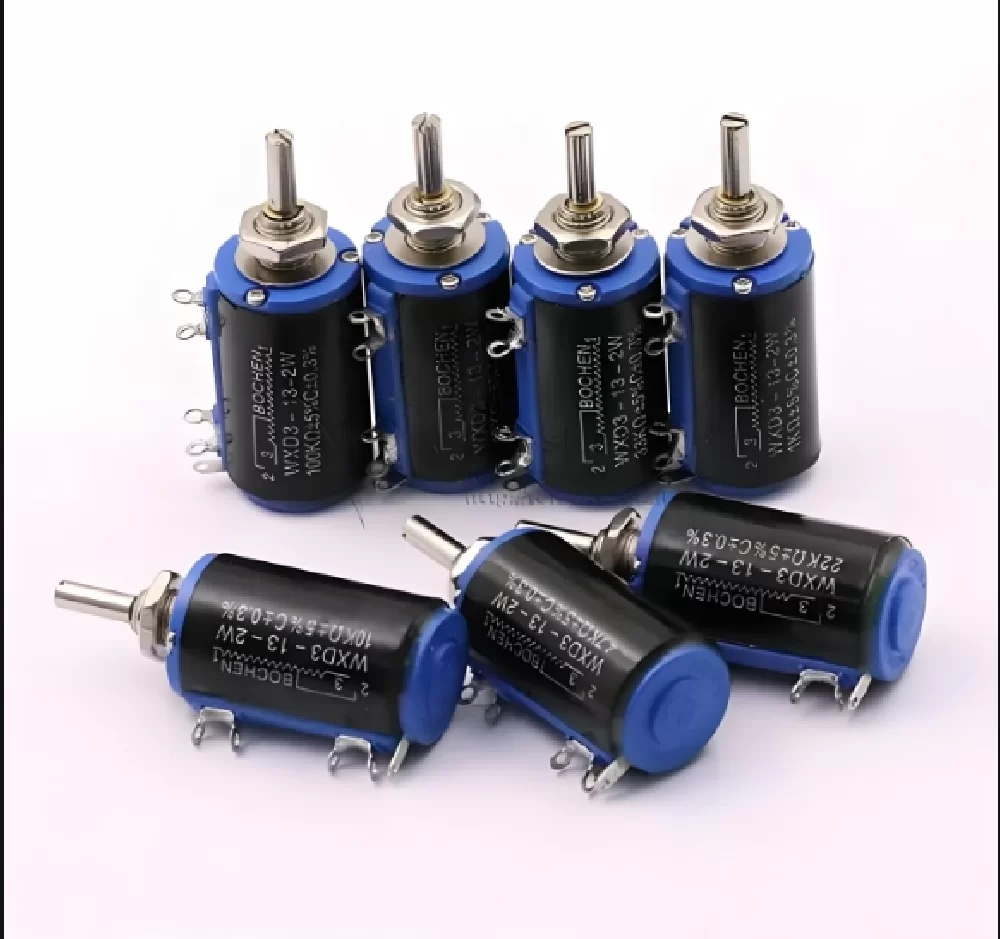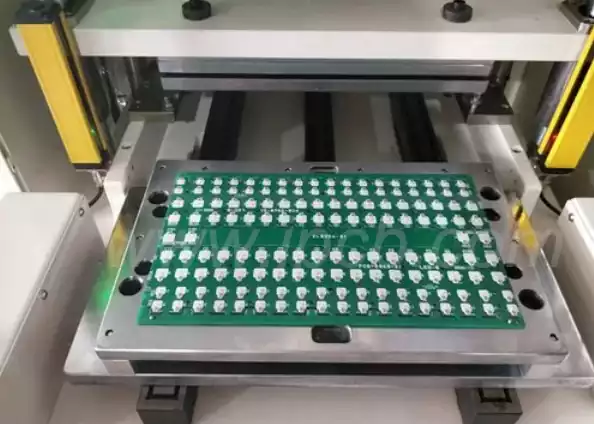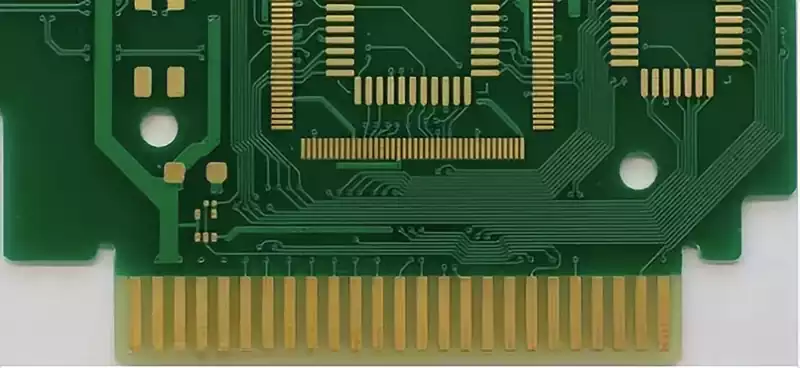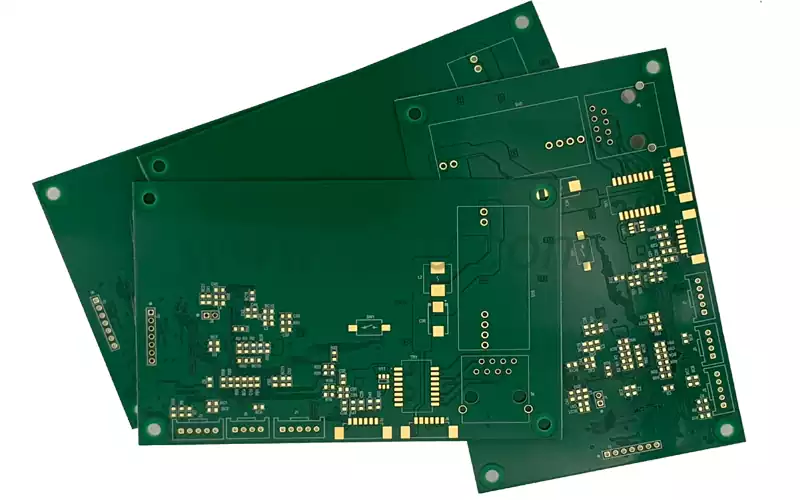The circuit board potentiometer is a crucial component in modern electronics. Whether adjusting volume levels in audio equipment, fine-tuning signal processing systems, or calibrating sensors in industrial devices, potentiometers play an essential role in ensuring smooth and precise control. These variable resistors are commonly found on printed circuit boards (PCBs), making them integral to a wide range of electronic devices. In this article, we will explore how potentiometers function, their types, their parameters, and their roles in various applications.

What is a Circuit Board Potentiometer?
A potentiometer, often abbreviated as “pot,” is a three-terminal resistor with a sliding or rotating contact that forms an adjustable voltage divider. In essence, a potentiometer allows for the gradual increase or decrease of electrical resistance within a circuit, which in turn adjusts the voltage or current. When integrated into a circuit board, the potentiometer can precisely control various parameters such as volume, frequency, or intensity.
The term circuit board potentiometer refers specifically to a potentiometer that is mounted on a PCB. This type of potentiometer is designed for durability and precision and is typically smaller than its standalone counterparts. It offers designers the flexibility to create electronic devices with adjustable controls, making it a versatile component in numerous applications.
How Does a Circuit Board Potentiometer Work?
At the core of the circuit board potentiometer is a resistive element, usually made from carbon, cermet, or wire. The three terminals are connected to this resistive material. Two of the terminals are attached to either end of the resistive element, while the third terminal, known as the wiper, moves along the element to alter the resistance.
When a user rotates or slides the potentiometer, the wiper moves across the resistive material, changing the point where the resistance is measured. This movement either increases or decreases the resistance between the wiper and one of the fixed terminals, thereby adjusting the output voltage. The result is a smooth, continuous control of the circuit’s function, such as the brightness of a display or the volume of a speaker.
In a circuit board setting, potentiometers are often used as voltage dividers, though they can also serve as variable resistors in some designs. By offering control over electrical signals, these components enable the fine-tuning of circuits, enhancing their functionality and performance.
Key Parameters of Circuit Board Potentiometers
- Resistance Range: The total resistance of a potentiometer is one of its most significant parameters. The resistance is determined by the length and material of the resistive element. A wide range of resistance values is available, typically from a few ohms to several megaohms. The specific resistance value depends on the application, whether it’s controlling the volume of an amplifier or adjusting the speed of a motor.
- Tolerance: Like fixed resistors, potentiometers come with a tolerance rating, which indicates the accuracy of the resistance value. This is often expressed as a percentage. For example, a potentiometer with a 10% tolerance could have a resistance that is 10% higher or lower than the specified value.
- Power Rating: The power rating defines the maximum amount of electrical power the potentiometer can handle without damage. This is typically measured in watts. Exceeding the power rating can result in overheating and potential failure of the component.
- Wiper Current: The current passing through the wiper is another important parameter. High current can wear out the wiper more quickly, leading to mechanical failure over time. Designers need to ensure that the current flowing through the potentiometer’s wiper does not exceed the component’s rated value.
- Resolution: The resolution of a potentiometer refers to how finely it can adjust the output. In traditional mechanical potentiometers, the resolution is determined by the smoothness of the wiper’s movement across the resistive element. For digital potentiometers, resolution is defined by the number of discrete steps in the adjustment range.
- Linearity: The linearity of a potentiometer describes how the output voltage changes in relation to the wiper’s movement. In a perfectly linear potentiometer, the change in resistance is proportional to the physical movement of the wiper. However, some potentiometers have logarithmic or exponential tapers, which are more suitable for specific applications like audio control.
- Mechanical Lifespan: The mechanical lifespan of a potentiometer is measured in the number of rotations or slides it can endure before failure. This is especially important in applications where the potentiometer will be frequently adjusted. A higher mechanical lifespan indicates a more durable component.
Types of Circuit Board Potentiometers
Several different types of potentiometers can be found on circuit boards, each designed to serve a specific function. Below are the most common varieties:
- Rotary Potentiometer: This is the most familiar type of potentiometer and features a rotating knob that adjusts resistance. Rotary potentiometers are typically used in volume control for audio devices, allowing for smooth and precise adjustment.
- Linear Potentiometer: Instead of rotating, the wiper on a linear potentiometer moves along a straight path. These potentiometers are often used in applications where sliding control is more intuitive or necessary, such as in equalizers or other signal processing systems.
- Trimmer Potentiometer: Trimmer potentiometers, or “trimpots,” are adjustable but are typically set during the initial calibration of a device and not meant for regular adjustment. They are often used to fine-tune circuits during the manufacturing process.
- Digital Potentiometer: Unlike traditional potentiometers that require manual adjustment, digital potentiometers are controlled electronically. These are often used in devices where frequent or automated adjustments are necessary.
Each type of potentiometer offers specific advantages, making them suitable for various applications within electronic circuit design.
Applications of Circuit Board Potentiometers
The circuit board potentiometer can be found in countless applications across industries, owing to its versatility and functionality. Below are some of the most common uses:
- Audio Equipment: Potentiometers are widely used in audio equipment for volume control. In amplifiers, mixers, and other sound systems, a rotary potentiometer allows users to adjust the volume with ease.
- Instrumentation and Measurement: In scientific instruments and industrial measurement systems, potentiometers help calibrate the equipment for accurate readings. These devices often use trimmer potentiometers to fine-tune sensors or adjust signal levels.
- Consumer Electronics: Many consumer electronics, from televisions to gaming consoles, use potentiometers for user-adjustable controls such as brightness, contrast, or speed settings.
- Automotive Systems: In modern vehicles, potentiometers are used in various systems, including throttle control, lighting adjustments, and seat position calibration. They provide drivers with customizable settings for an enhanced driving experience.
- Robotics and Automation: In robotics and automation, potentiometers help control the movement and speed of motors. They are often used in servo systems to provide feedback on position or speed, enabling precise control over robotic functions.
- Medical Devices: Medical equipment, such as infusion pumps and ventilators, use potentiometers to allow for precise control of fluid flow rates or air pressure. This ensures that patients receive the correct dosage or level of care.
Advantages of Using a Circuit Board Potentiometer
There are several advantages to using a circuit board potentiometer in electronic designs:
- Precision Control: Potentiometers provide precise, smooth control over electrical parameters such as voltage and current. This makes them ideal for applications requiring fine-tuning, such as audio equipment or sensitive instrumentation.
- Cost-Effective: Potentiometers are relatively inexpensive compared to other types of variable resistors or electronic controllers. This makes them a cost-effective choice for many electronic applications, especially in consumer electronics.
- Ease of Use: Potentiometers are easy to install and use, requiring only a simple rotation or slide to adjust the circuit. This makes them user-friendly for both designers and end-users.
- Durability: Modern potentiometers, especially those designed for use on PCBs, are highly durable and capable of withstanding regular use. This durability ensures long-term reliability in various applications, from consumer products to industrial machinery.
- Flexibility: Potentiometers can be used in a wide range of applications, from simple volume controls to complex industrial systems. This versatility makes them an essential component in many different types of circuit designs.
Limitations of Circuit Board Potentiometers
While potentiometers offer numerous advantages, they are not without limitations. Some of these include:
- Mechanical Wear
Traditional potentiometers with mechanical wipers are subject to wear over time, especially in applications where they are frequently adjusted. This can lead to a loss of precision and eventually failure. - Limited Resolution
Potentiometers provide smooth control, but their resolution is limited by the number of steps the wiper can physically move. In applications requiring extremely fine adjustments, digital alternatives may be preferable. - Sensitivity to Environmental Factors
Potentiometers, especially those with exposed mechanical parts, can be affected by dust, moisture, and other environmental factors. This can lead to malfunction or degradation of performance over time.
Future Trends in Potentiometer Design
As technology continues to evolve, so too does the design and functionality of potentiometers. One key trend is the increasing use of digital potentiometers in place of traditional mechanical versions. Digital potentiometers offer greater precision, reliability, and resistance to environmental factors. They can be controlled electronically, making them ideal for modern, automated systems.
Another trend is the miniaturization of potentiometers for use in smaller and more compact devices. As consumer electronics continue to shrink in size, components like potentiometers must also become smaller without sacrificing functionality or reliability.
Conclusion
The circuit board potentiometer is an indispensable component in modern electronics, offering precise control over various electrical parameters. From audio equipment to industrial automation, potentiometers provide designers with the flexibility to create user-adjustable controls. While they are not without limitations, advances in digital potentiometers and miniaturization are paving the way for more durable and reliable designs in the future.
As the electronics industry continues to innovate, potentiometers will remain a key part of circuit design, enabling everything from simple adjustments to complex calibrations. Whether in consumer products or industrial systems, the role of the potentiometer is essential in ensuring the proper function and control of modern electronic devices.



